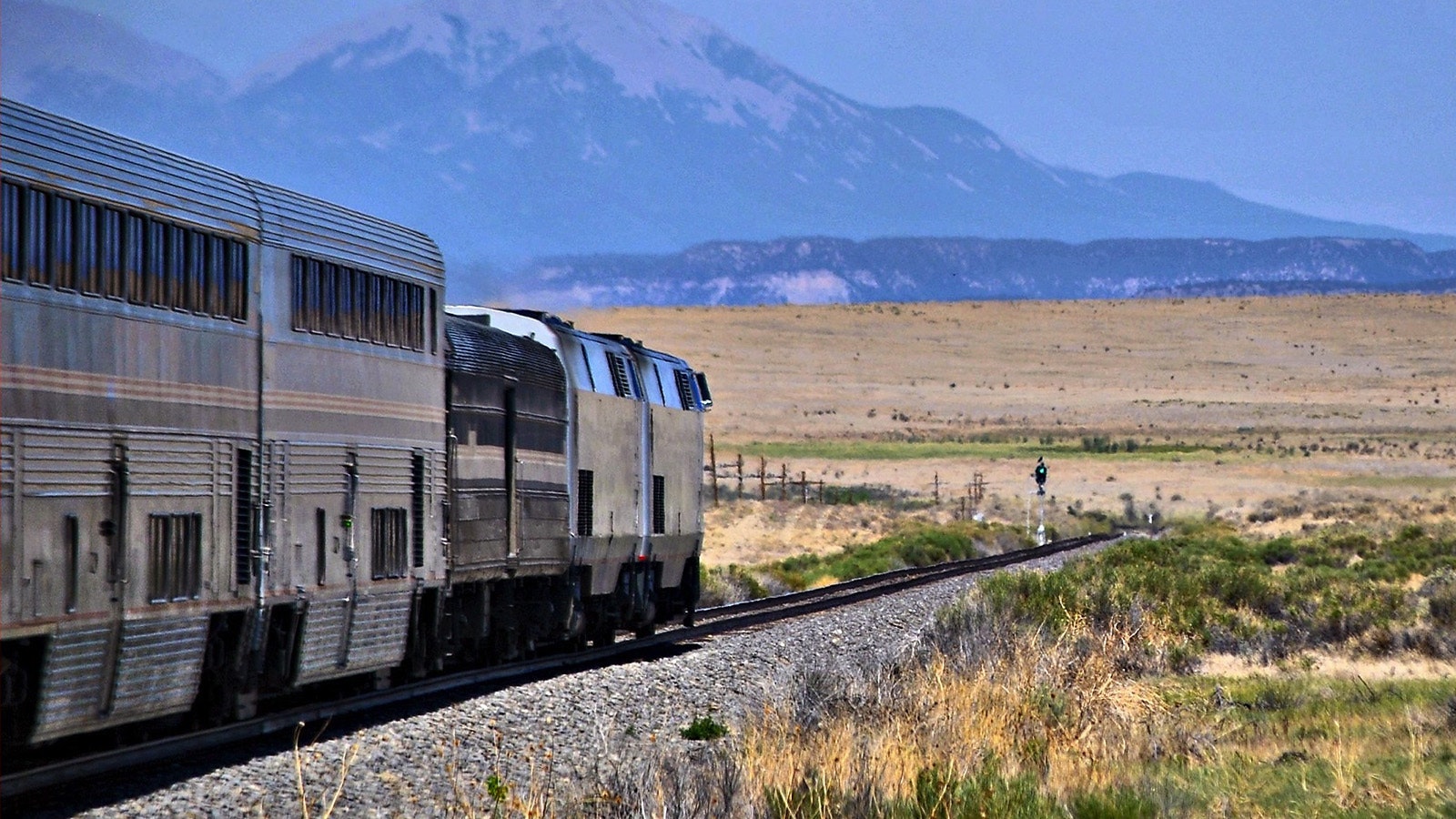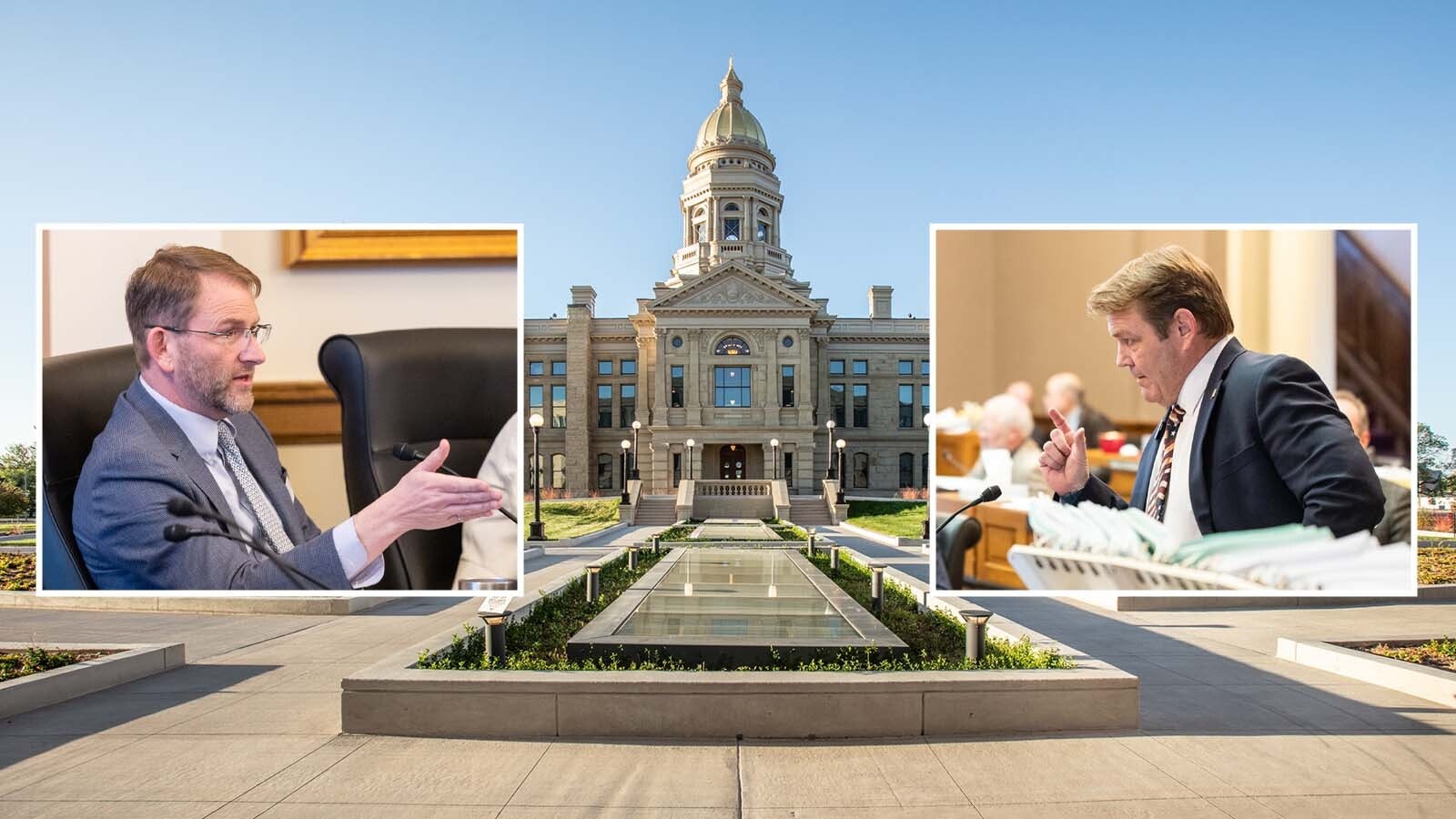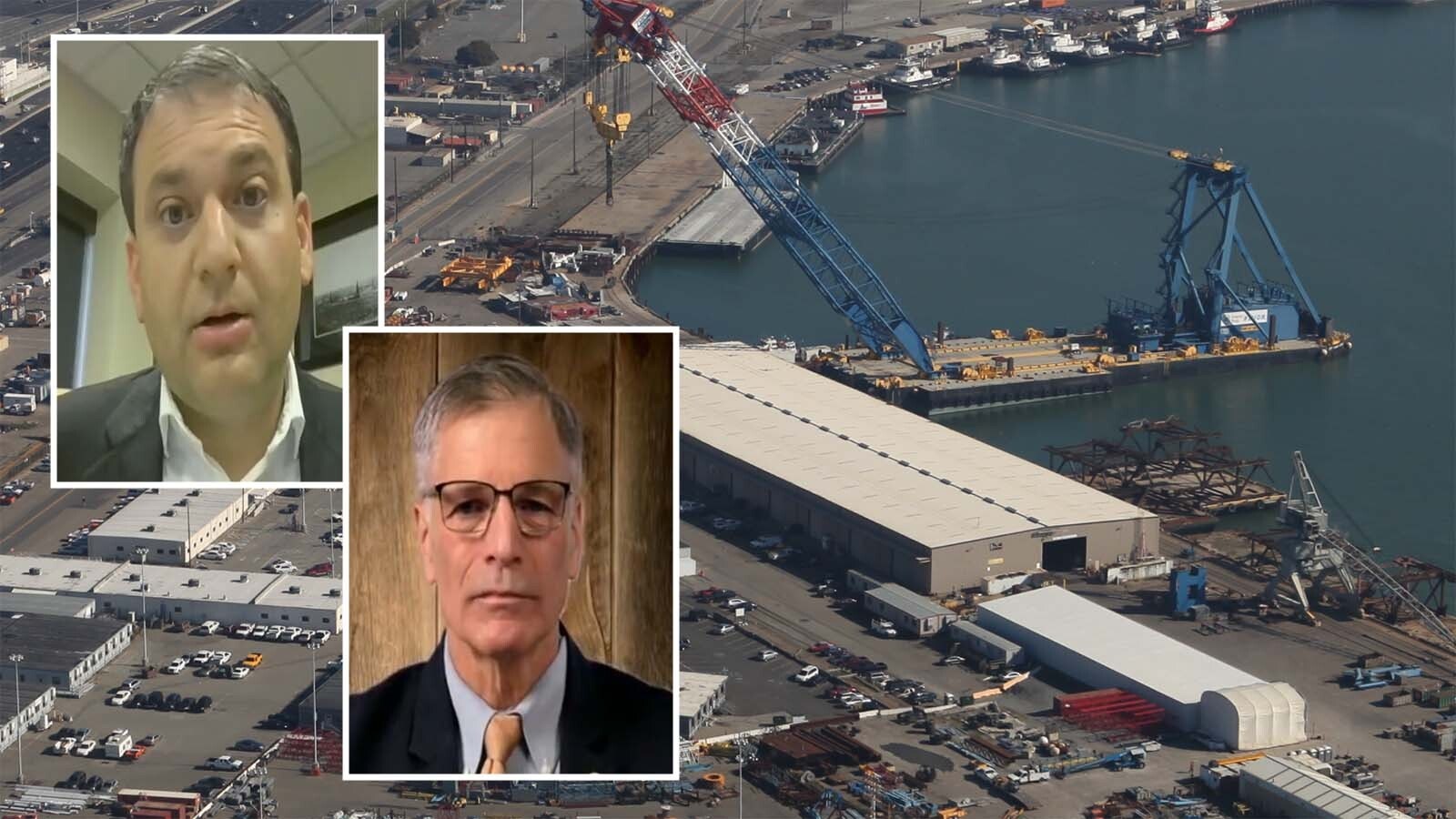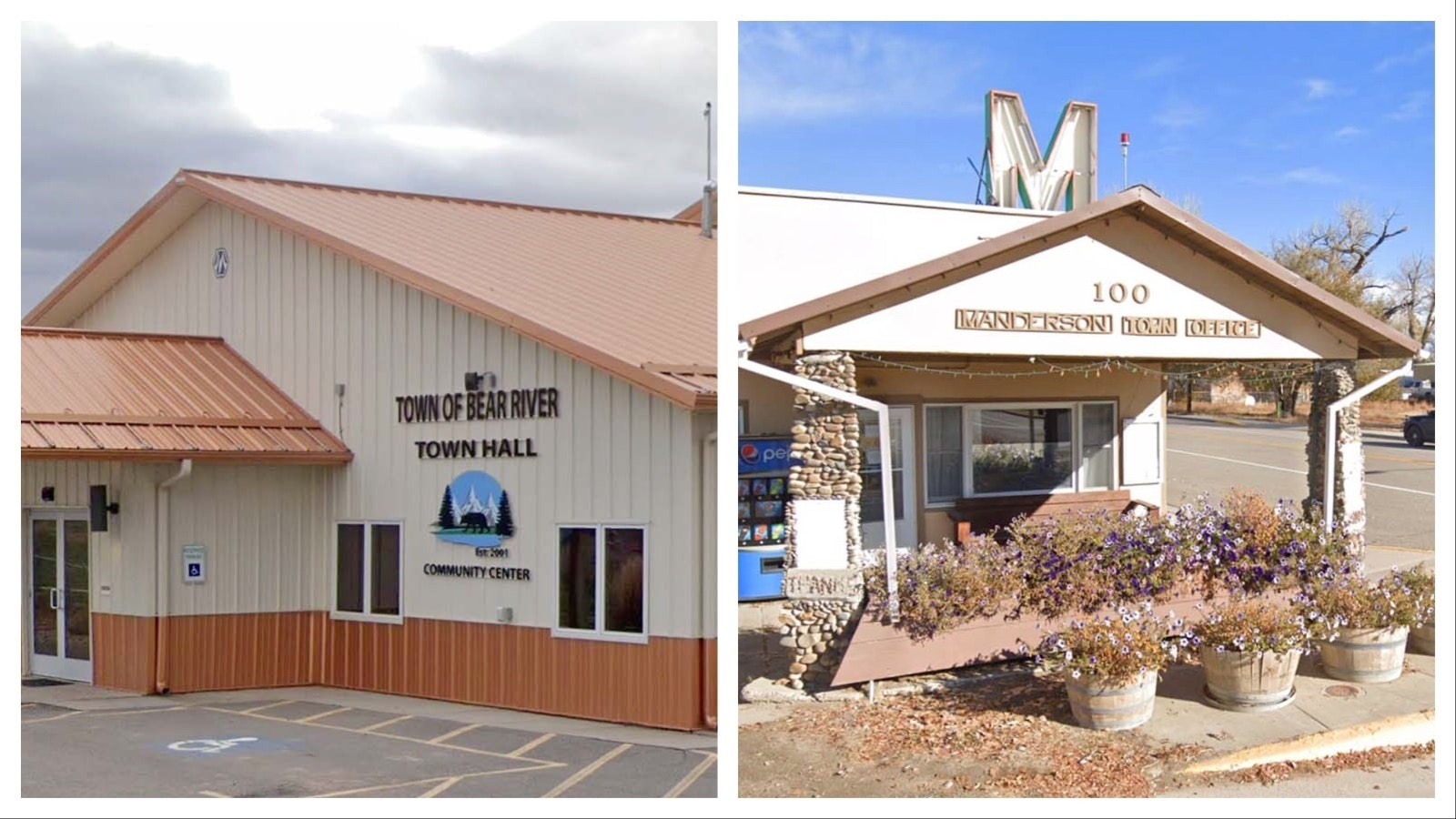Cheyenne resident Steve Borin has a dream many in Wyoming’s capital city have had for generations —passenger rail service to Colorado’s Front Range.
“Can we make it real?” he asked rhetorically with hope in his voice. “It’s not really rocket science, it’s train science.”
Borin’s dream is still far from a reality, but also not as far-fetched as it may have seemed just a year ago because of some legitimate progress made by those who share the same vision.
The project could find a viable home with the Front Range Passenger Rail (FRPR) project in Colorado, an ongoing proposal for passenger service from Fort Collins through Denver and south to Pueblo.
A Fort Collins-Cheyenne line could be built as an extension of this project, said Jeff Noffsinger, director for Cheyenne Metropolitan Planning Organization.
Local Push
A newly formed Cheyenne Passenger Rail Commission created under Cheyenne Mayor Patrick Collins’ guidance has been formed to help with the local effort. Borin said Noffsinger has also been instrumental in the recent passenger rail developments and creating the commission.
But Borin also deserves credit for where the Wyoming aspect of the project stands.
He believes a passenger train could be a major development force for downtown Cheyenne, bringing in many more visitors to the capital city.
“It seems like, what a great way to stimulate jobs,” he said. “It would be like a new beginning with an endpoint of increasing everything.”
After attending a meeting last year with representatives from FRPR, Borin and his colleague Michael Rudolph came to the conclusion that it would take decades for a passenger train line to come to Wyoming if the Cowboy State waits passively for Colorado to make it happen.
No matter how fast the Front Range will continue to grow, Borin passionately believes the time is now to start working toward connecting a Cheyenne passenger line to Fort Collins because of future inflationary pressures.
“Whether I’m right or wrong, it has to be now that we do this,” he said. “Every day that we wait is compounded or extrapolated three or four times as we move forward.”
Last spring, the two started an informal group called Never Say Never, started regularly showing up to FNPR meetings and meeting with various Colorado railroad and transportation officials.
“Now, they know we’re around and we’re coming,” Borin said.
How It Could Work
Cheyenne has a long history with the railroad, founded in 1867 when the Union Pacific selected it as a town site. There hasn’t been passenger rail service in Wyoming since the Amtrak Pioneer line that followed along Interstate 80 was discontinued in 1997.
The members of the Cheyenne Passenger Rail Commission may be nervously watching the Colorado polls this November when voters there may consider funding a major part of the new passenger rail service along the Front Range with a proposed small sales tax hike. The Front Range Passenger Rail District will soon consider whether it wants to add this proposal to the 2024 ballot.
If it passes, it would include three trips running daily both ways from Denver to Fort Collins within three to five years, Noffsinger said. He also said there would be potential for a Cheyenne line to tie into this system almost simultaneously.
The result of the Colorado vote could also spell success or death for Cheyenne’s passenger rail hopes whether or not the line includes an extension to Cheyenne on its own, or a Cheyenne to Fort Collins line has to be established independently to tie in with the Front Range line.
According to Colorado Newsline, polling conducted this year showed strong support for Front Range Passenger Rail with Colorado voters, with 73% saying they favor the project. In addition, the Colorado Sun reported Friday that the Colorado Legislature has advanced a bill that would provide some additional money for a portion of the Front Range Rail.
Although no scientific polling has been conducted in Wyoming, Noffsinger said he’s received almost total support when talking to local residents about passenger rail service, particularly if a connection can be built to downtown Denver and Denver International Airport someday.
“People seem to be positive about using that type of a system to get there,” Noffsinger said.
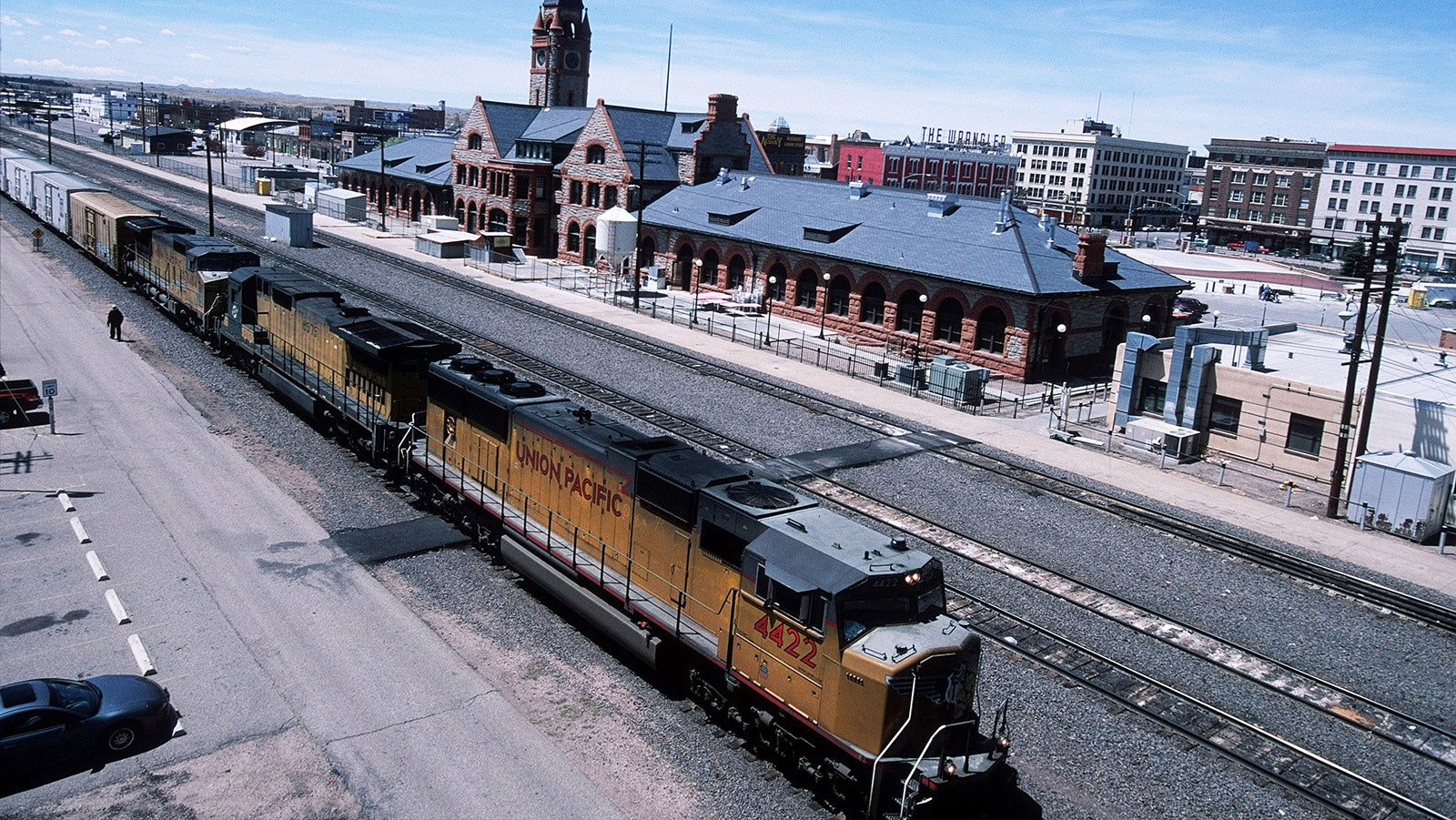
How Will It Be Paid For?
Even with Colorado funding its portion of the project, Noffsinger said some kind of tax would most likely have to be initiated in Cheyenne or Wyoming for the train to make it across state lines from Colorado.
“It’s going to take people to want to do it,” Borin said. “It seems like something that could work if we build it together.”
But Noffsinger said the commission’s intent is to leverage as many federal grants as possible to minimize the fiscal impact on Wyoming residents.
Additionally, Cheyenne is also being considered in an ongoing study by the Federal Railroad Administration (FRA) as part of three proposed long-distance passenger rail routes.
The study, which the FRA is required to perform as part of the 2021 Bipartisan Infrastructure Law, is an early step in the planning process for the return or expansion of long-distance train service nationwide promoted by President Joe Biden’s administration. This type of rail service would tie into the overall Cheyenne passenger rail effort, but would differ from the Front Range project as it would cater to long distance travelers as opposed to commuter traffic.
The three routes that involve Cheyenne include a Los Angeles-Denver route, a Minneapolis-Denver route and an El Paso-Billings route.
Using existing train tracks would be the easiest and most cost-efficient home for a passenger rail line, but Borin said this would take cooperation from BNSF Railway, which already uses the tracks for cargo.
Building a new set of tracks is another option, but buying land to do that could be an expensive undertaking.
All Aboard?
The Cheyenne commission is also conducting a study of its own this summer to consider three potential train station locations. Simply by doing the study, Noffsinger said it will make Cheyenne eligible for federal money to engage in a service development plan, which would study customer demand and potential schedules.
Noffsinger said the goal would be to select a station that can serve both long- and short-distance service lines.
He said he’s been informed that Gov. Mark Gordon’s office is interested in the project.
“They’re definitely aware of our efforts and I think they want to be as supportive as best they can until they know more,” he said.
The Purpose
Bringing passenger rail service to Cheyenne would be much more than an entertainment novelty for a few reasons.
Most significantly, it would help passengers avoid congestion on the busy I-25 corridor when traveling down to the Front Range. As long as travel times could be made comparable to or better than driving in a car to Fort Collins or Denver, the passenger line could serve as a legitimate alternative.
“As the Front Range grows, we need to have other means of transportation,” Noffsinger said.
In many circumstances, taking the train could be quicker than driving to certain destinations, and save money that would be otherwise spent for gas and wear and tear on a vehicle. It also could be more reliable in winter and bad weather.
“Definitely a lot less stressful,” Noffsinger said with a chuckle.
Leo Wolfson can be reached at leo@cowboystatedaily.com.

